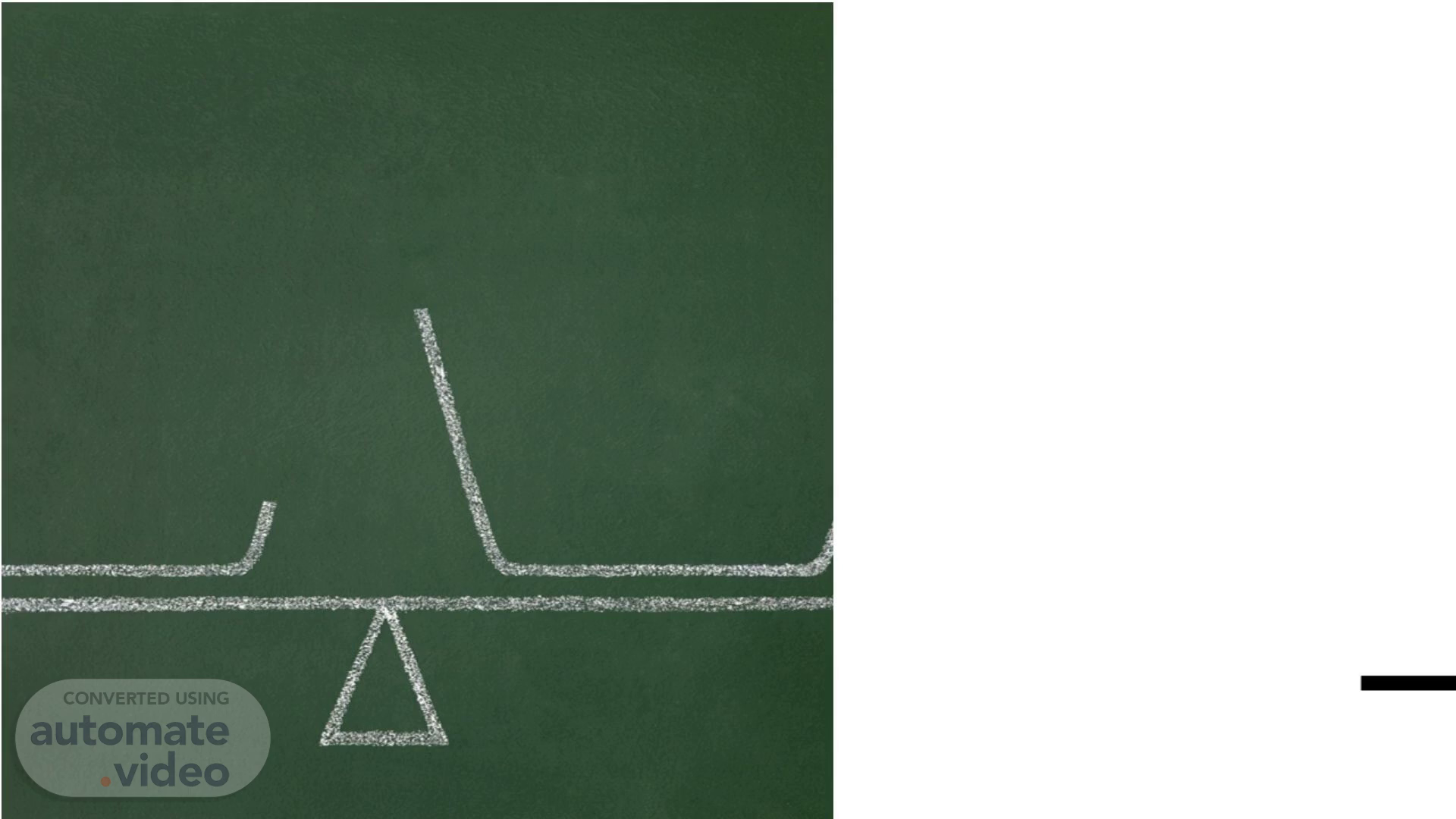Scene 1 (0s)
[Audio] Hi everyone! In this short video, I'll explain the Law of Cosines, a key concept from Module 7. This formula helps us solve oblique triangles when we know two sides and the included angle (SAS) or all three sides (SSS)..
Scene 2 (25s)
[Audio] Overview of the Law of Cosines. Introduction to the Law of Cosines.
Scene 3 (32s)
[Audio] The Law of Cosines is a fundamental concept in trigonometry that extends the Pythagorean Theorem to apply to all types of triangles, not just right triangles. It provides a relationship between the lengths of the sides of a triangle and the cosine of one of its angles. This law is particularly useful for solving oblique triangles—those that do not contain a right angle—when certain combinations of sides and angles are known. The formula is expressed as: c² = a² + b² - 2ab·cos(C), where a, b, and c are the sides of the triangle and C is the angle opposite side c. This formula allows for the calculation of unknown sides or angles, making it a powerful tool in geometry and trigonometry..
Scene 4 (1m 21s)
[Audio] Step-by-step example. Applying the Law of Cosines.
Scene 5 (1m 27s)
[Audio] To illustrate the Law of Cosines, consider a triangle with sides a = 7, b = 9, and c = 10. The goal is to find angle C, which is opposite side c. First, apply the Law of Cosines formula: cos(C) = (a² + b² - c²) / (2ab). Substituting the given values, we get: cos(C) = (49 + 81 - 100) / (2 × 7 × 9) = 30 / 126 ≈ 0.2381. Next, use the inverse cosine function to find the angle: C = cos⁻¹(0.2381) ≈ 76.2°. This example demonstrates how the Law of Cosines can be used to determine an angle when all three sides of a triangle are known. It is a straightforward application of the formula and highlights the utility of trigonometric principles in solving geometric problems..
Scene 6 (2m 31s)
[Audio] --- This slide references information from the following file: https://api.asm.skype.com/v1/objects/0-eus-d8-61bbcb1e34defaddd2c47a1f9b4f578b/views/original/law_of_cosines_presentation.pptx Diagram of triangle and formula.
Scene 7 (2m 39s)
[Audio] --- This slide references information from the following file: https://api.asm.skype.com/v1/objects/0-eus-d8-61bbcb1e34defaddd2c47a1f9b4f578b/views/original/law_of_cosines_presentation.pptx A visual representation of the Law of Cosines involves a triangle labeled with vertices A, B, and C. Side c is opposite angle C and lies between points A and B. Sides a and b extend from point C to points B and A, respectively. The angle C is located at vertex C, between sides a and b. The diagram includes the formula c² = a² + b² - 2ab·cos(C) to reinforce the relationship between the triangle's sides and angle. This visual aid helps in understanding how the formula is derived and applied, making the concept more accessible and easier to grasp for learners..
